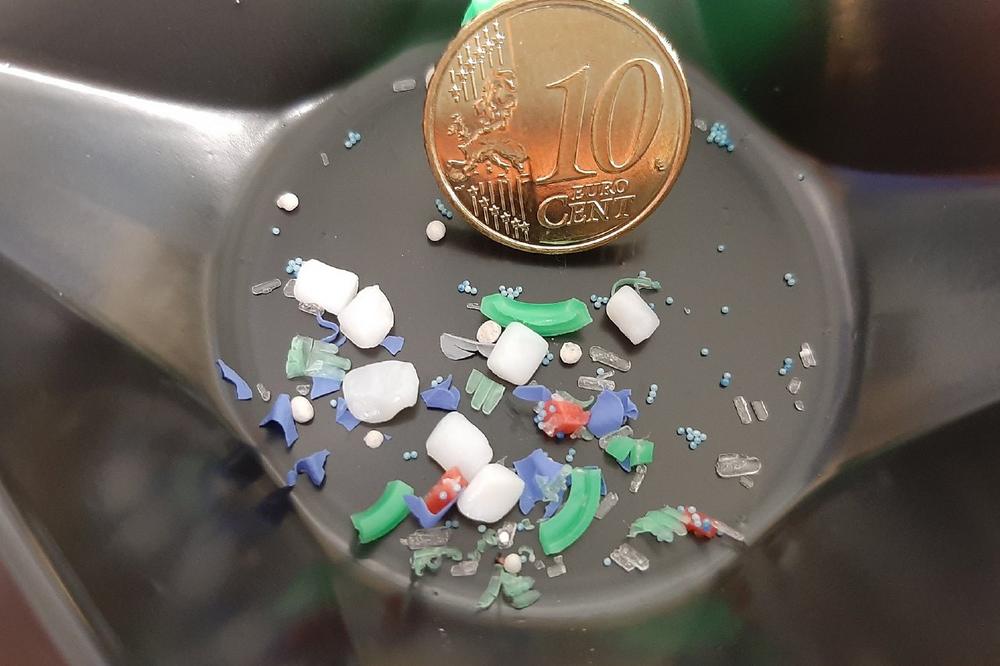How microplastic particles in water can be identified more easily in future

Breaking News:
Kathmandu Nepal
Freitag, Apr. 25, 2025

Microplastics play an important role in current social discussions. As the name suggests, these are very small particles – making detection and size assessment difficult. In particular, it is not easy to detect the particles in a liquid medium such as water with a natural particle background, especially as this should be done in the flow-through.
Identifying microplastics in the flow-through
The innovative research project "Continuous optical detection and categorization of microplastic particles in water – KoDeKa-Plast" for the determination of microplastic particles of the EZD, which is part of the SKZ Plastics Center, has now been successfully completed in cooperation with the ILM-Ulm. The project, which ran from June 1, 2021 to November 30, 2023, aimed to identify microplastics using a combination of light scattering analysis and Raman spectroscopy in the flow. Scattered light analysis offers high sensitivity in terms of the size and shape of the particles, while Raman spectroscopy can provide information about their chemical composition.
Determining the type of plastic
The scientists were able to achieve this goal by not only detecting microplastic particles from a size of 10 micrometres, but also determining the type of plastic within the water sample. The particles were successfully sized and identified in the flow-through. "We are particularly pleased that the measurement effort is significantly lower than with previous methods such as purely using a Raman microscope," says André Nogowski, Group Leader Colloidal Systems at the EZD.
Important contribution to the reduction of microplastics
Another focus of the project was the investigation of plastics and their release of microparticles. By analyzing real plastic components, it was possible to develop a better understanding of the formation of microplastic particles. At the same time, a basis was created for testing and comparing different plastics with regard to their microparticle release. In particular, aged and new plastic components were compared in the course of the work. This made it possible to gain insights into how the ageing of plastics affects the release of microparticles into the environment. With this knowledge, materials with a high release potential can be avoided in the future and an important contribution can be made to reducing the input of microplastics.
The EZD is an institution of the SKZ Plastics Centre and, as an interdisciplinary and non-profit research and innovation center, deals with the production and characterization of dispersions such as adhesives, resins, inks, coatings and elastomers. It was established in 2014 in close cooperation with industry and with the support of the Free State of Bavaria. A high priority of the EZD is the transfer of scientific research to applied industry.
FSKZ e. V.
Friedrich-Bergius-Ring 22
97076 Würzburg
Telefon: +49 931 4104-0
https://www.skz.de
![]()